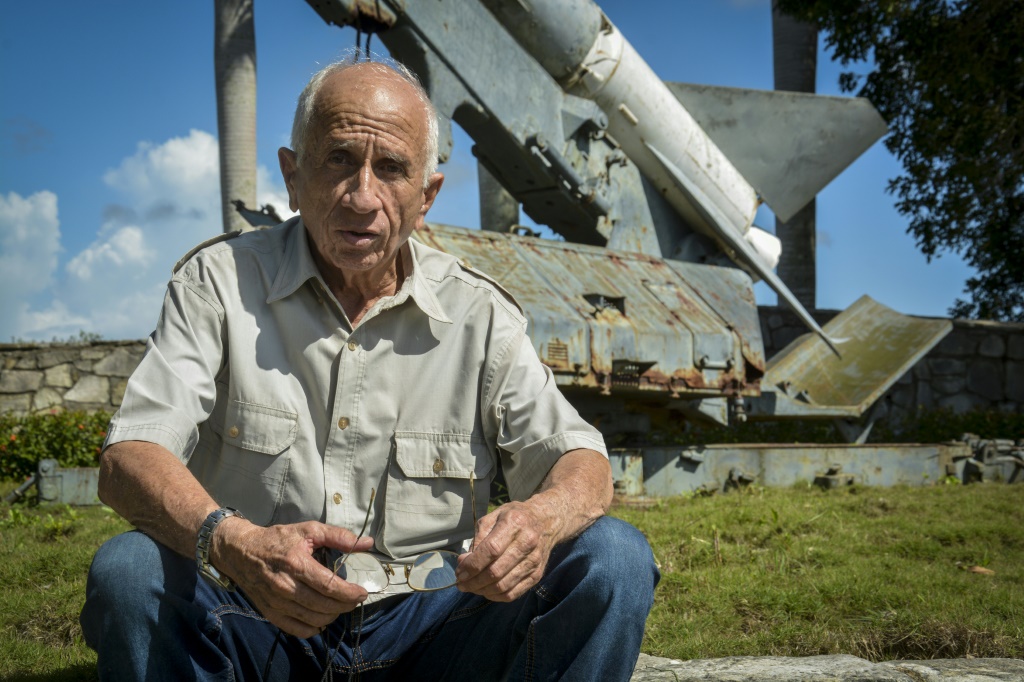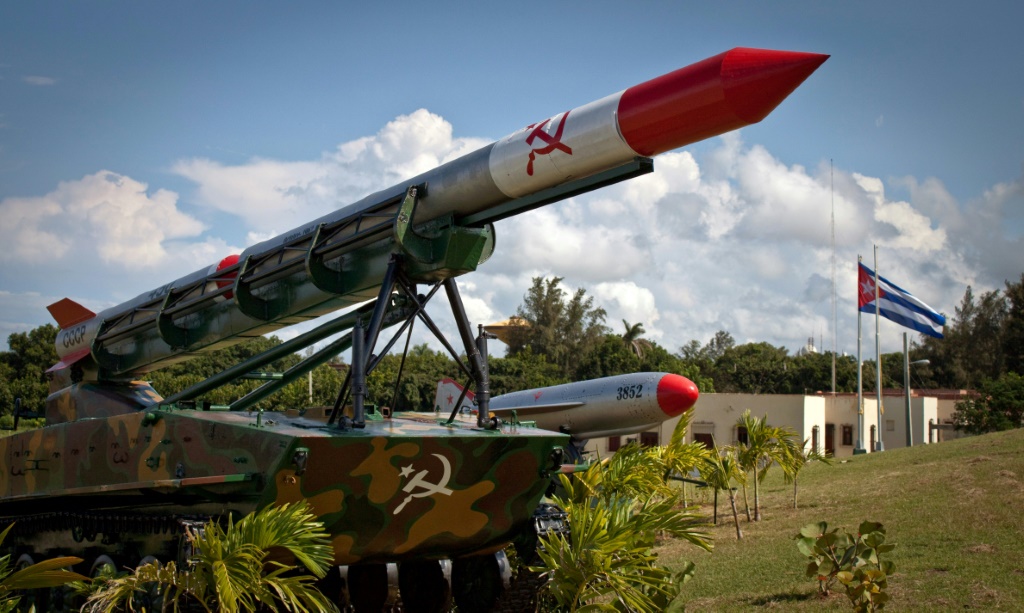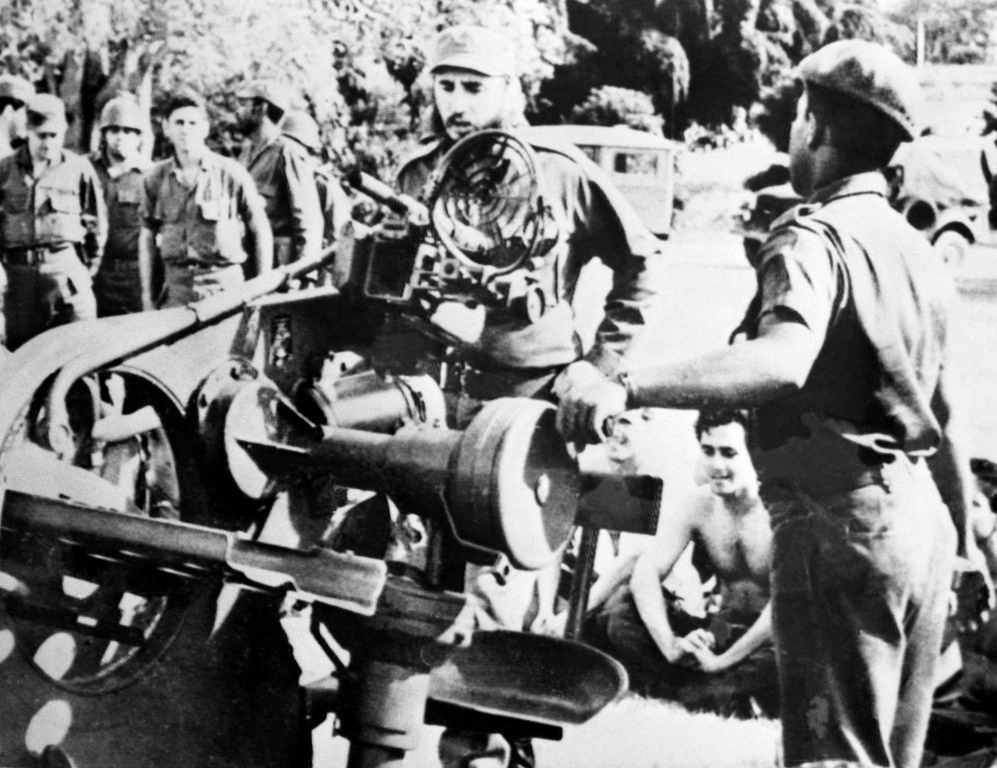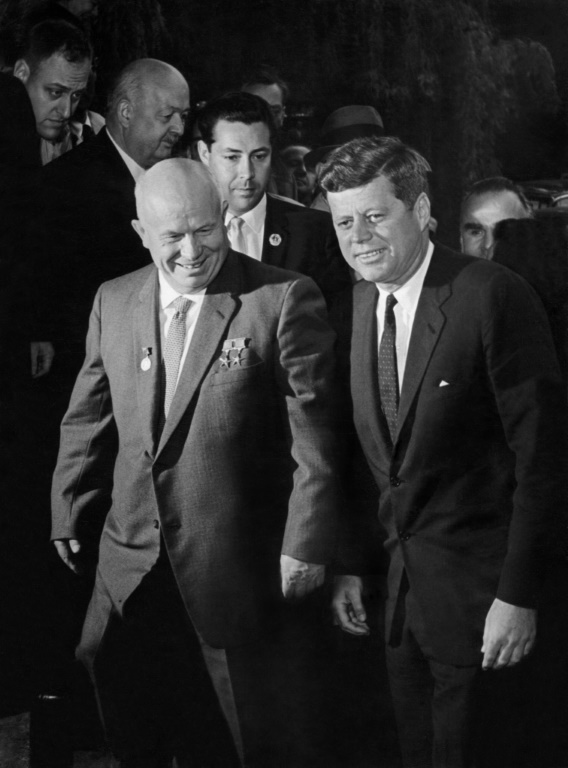Reliving the Cuban missile crisis: 'We were going to be incinerated'

Source: AFP
PAY ATTENTION: Сheck out news that is picked exactly for YOU ➡️ find “Recommended for you” block on the home page and enjoy!
Oscar Larralde vividly remembers hearing the explosions that downed an American spy plane over Cuba in 1962; his island nation was in the eye of a nuclear standoff between the United States and Soviet Union.
The then-17-year-old bank employee-turned-enlisted soldier was convinced the moment spelled his country's doom.
"We were going to be incinerated," he recalled thinking at the time.
As nuclear threats swirl again around Russia's invasion of Ukraine, the retired colonel hails the diplomacy that staved off full-blown war 60 years ago, and hopes reason will prevail once again.
In 1962, Larralde was deployed to the eastern port city of Banes in communist Cuba's Holguin province.
On October 27, he was walking on a remote beach when he heard a roar unlike anything he had ever heard before, and felt two explosions high over his head, "very loud, very strong."
PAY ATTENTION: Click “See First” under the “Following” tab to see YEN.com.gh News on your News Feed!
"I didn't know what it was," the former soldier recalled.
He later learned it was two Soviet surface-to-air missiles, one of which downed a US U-2 spy plane, killing pilot Major Rudolf Anderson -- at age 35, the only casualty of the so-called Cuban missile crisis.

Source: AFP
"An officer told us that a Soviet-operated anti-aircraft group had shot down a Yankee plane," Larralde told AFP.
"The reaction of the fighters in that first line of defense -- because we were the first ones who would clash with the Yankees -- was of enthusiasm, of joy," he recalled.
"We had made our sovereignty prevail. They were intruding planes violating" Cuban airspace, added Larralde.
But celebration soon turned to fear of the fallout "when the Yankees found out."
'A difficult time'

Source: AFP
Two weeks before Anderson's death, US reconnaissance aircraft had taken photographs of Soviet work on missile launch sites on Cuba -- within range of American shores.
Then-president John F. Kennedy warned Soviet leader Nikita Khrushchev the United States would attack unless the missiles were withdrawn.
Kennedy ordered a naval blockade of Cuba and mobilized 140,000 troops, while Fidel Castro put 400,000 of his own people on alert, anticipating a military invasion.
Then Anderson was shot down.
Even as some in the Pentagon urged Kennedy to strike, diplomacy won the day, and on October 28 -- the day after the downing of the plane -- Khrushchev agreed to remove the missiles in exchange for a US pledge not to invade Cuba.
"At a very difficult time, the USSR and United States managed to negotiate and find a solution to the conflict," Larralde told AFP at a rusty launch platform bearing a spent Soviet missile converted into a monument at La Anita, near Banes.
Six decades later, Russian President Vladimir Putin's threats against the West in his war on ex-Soviet neighbor Ukraine has brought back fearful memories of the last time the world teetered on the brink of nuclear war.

Source: AFP
"I don't think it will come to that, but I do think we are in more danger than at any time, in many ways even more than in 1962," said Hal Klepak, a strategy expert at the Royal Military College of Canada.
For Cuban ex-diplomat Carlos Alzugaray, the big fear today, like 60 years ago, is that things can "escalate by mistake. That someone makes the mistake of hitting a nuclear site... and then it escalates from there."
But Larralde is hopeful that this time, like the last, peace will prevail.
"It is important to negotiate to ensure world peace, or humanity will continue to be caught up in the possibility of a new nuclear conflict," he reflected.
New feature: Сheck out news that is picked for YOU ➡️ find “Recommended for you” block on the home page and enjoy!
Source: AFP



